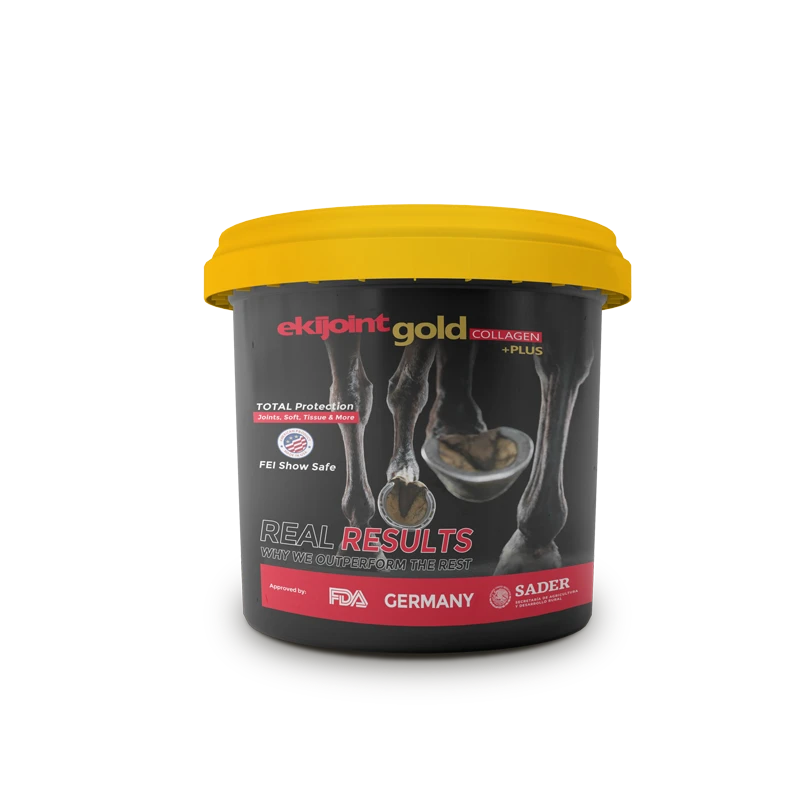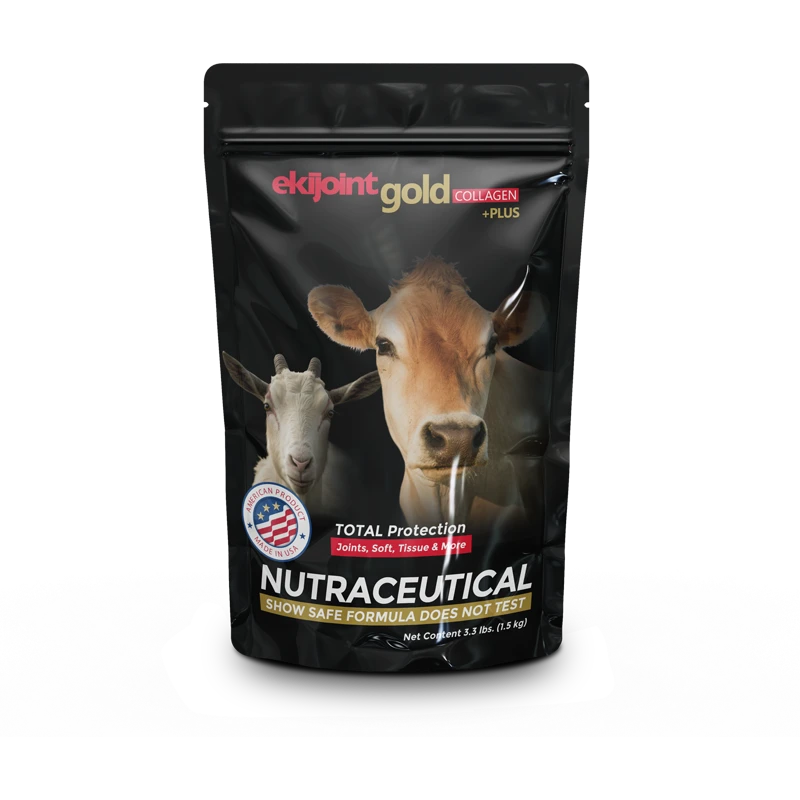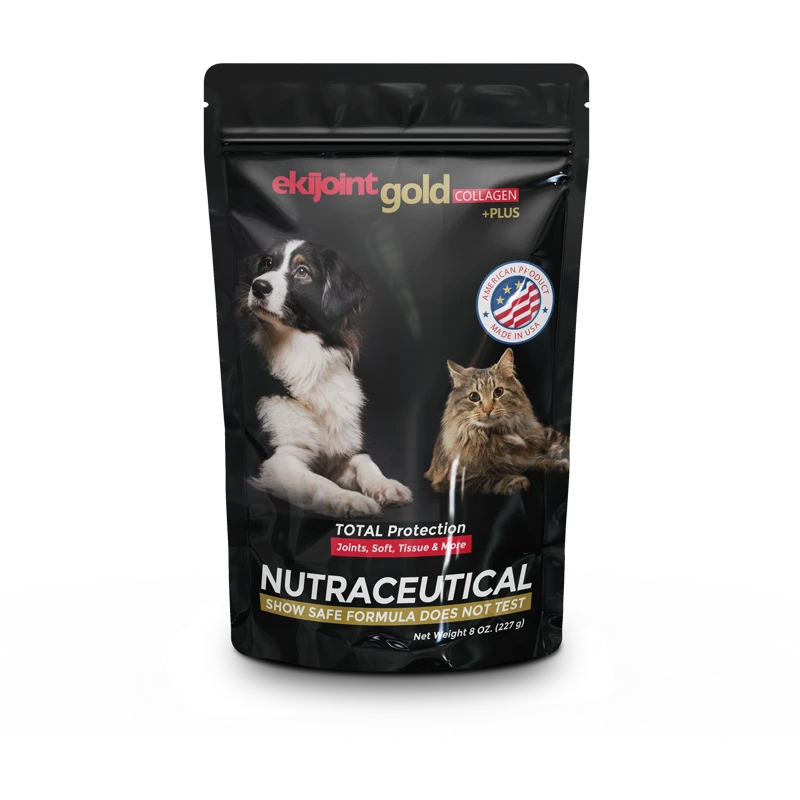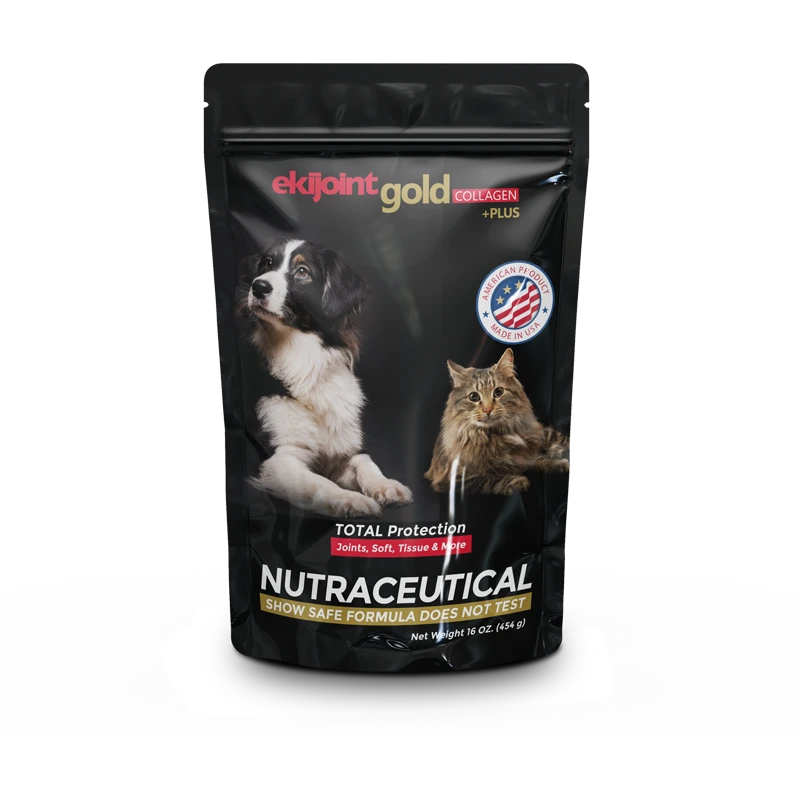How to care for the joints of High-Performance Horses
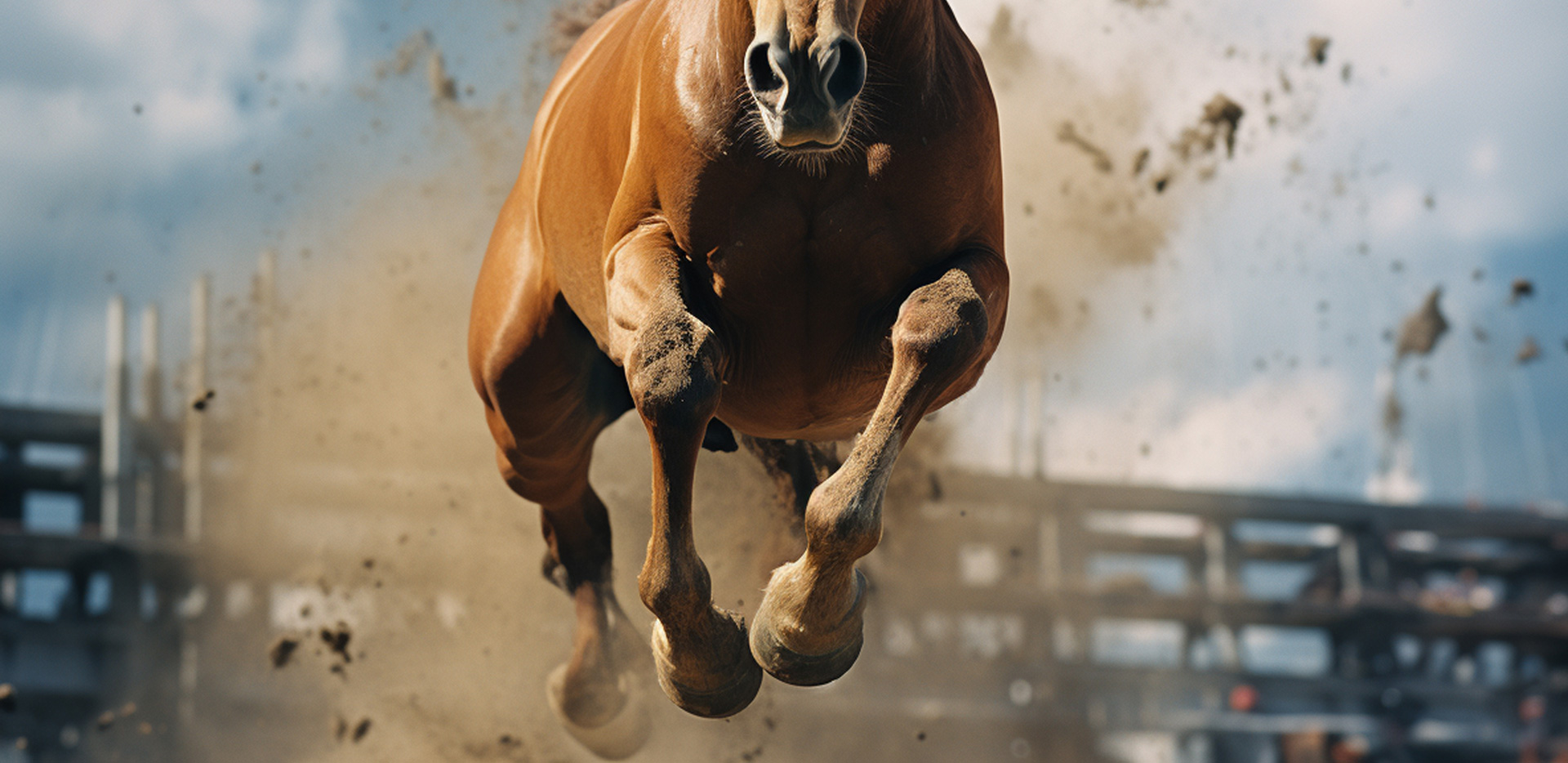
The joints of high-performance horses are subjected to constant physical stress. Racing, jumping, dressage, and continuous training cause natural wear and tear that, if not managed properly, can lead to serious injuries. Therefore, preventive joint care not only improves athletic performance but also prolongs the horse's active life.
Joint health is crucial for performance horses because every movement—from galloping to turning sharply—depends on a stable, pain-free range of motion. If inflammation, stiffness, or microtrauma occurs regularly, these issues can snowball into chronic joint degeneration or lameness. Even the best athletes require maintenance and support, and horses are no exception.
Key Recommendations:
- Joint supplementation: Use scientifically formulated supplements like Ekijoint, which include ingredients such as hydrolyzed collagen (to promote cartilage regeneration), glucosamine and chondroitin (to reduce friction and wear), and hyaluronic acid (to enhance joint lubrication).
- Warm-up and cool-down routines: Just like human athletes, horses benefit from a gradual increase in intensity. Walking your horse before and after training helps stimulate synovial fluid production and reduces post-workout stiffness.
- Regular veterinary checkups: A vet can spot subtle signs of joint issues before they become serious, using techniques like flexion tests, gait analysis, and imaging.
- Weight and diet control: Overweight horses place more strain on joints, increasing the risk of cartilage breakdown. Balanced nutrition helps regulate weight while providing the building blocks for joint repair.
- Planned rest: Alternate intense sessions with recovery days, and monitor your horse for signs of fatigue or soreness.
Periodization in training is essential. Alternate intense sessions with recovery days, and monitor your horse for signs of fatigue or soreness. Investing in joint care from the beginning improves the welfare of the horse, avoids major expenses and extends your sports career.
Complementary Practices:
- Use soft, cushioned surfaces to reduce joint impact
- Maintain proper hull balance.
- Apply bandages or joint boots after exercise to stimulate circulation.
